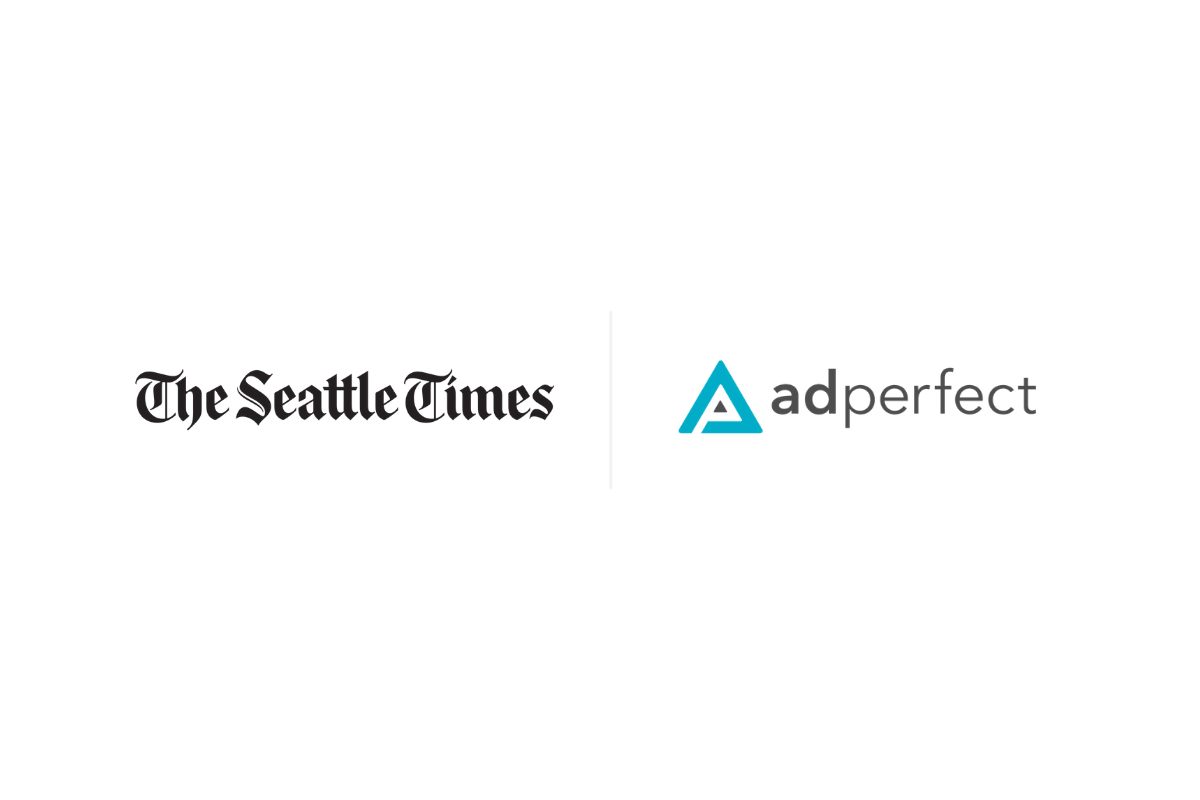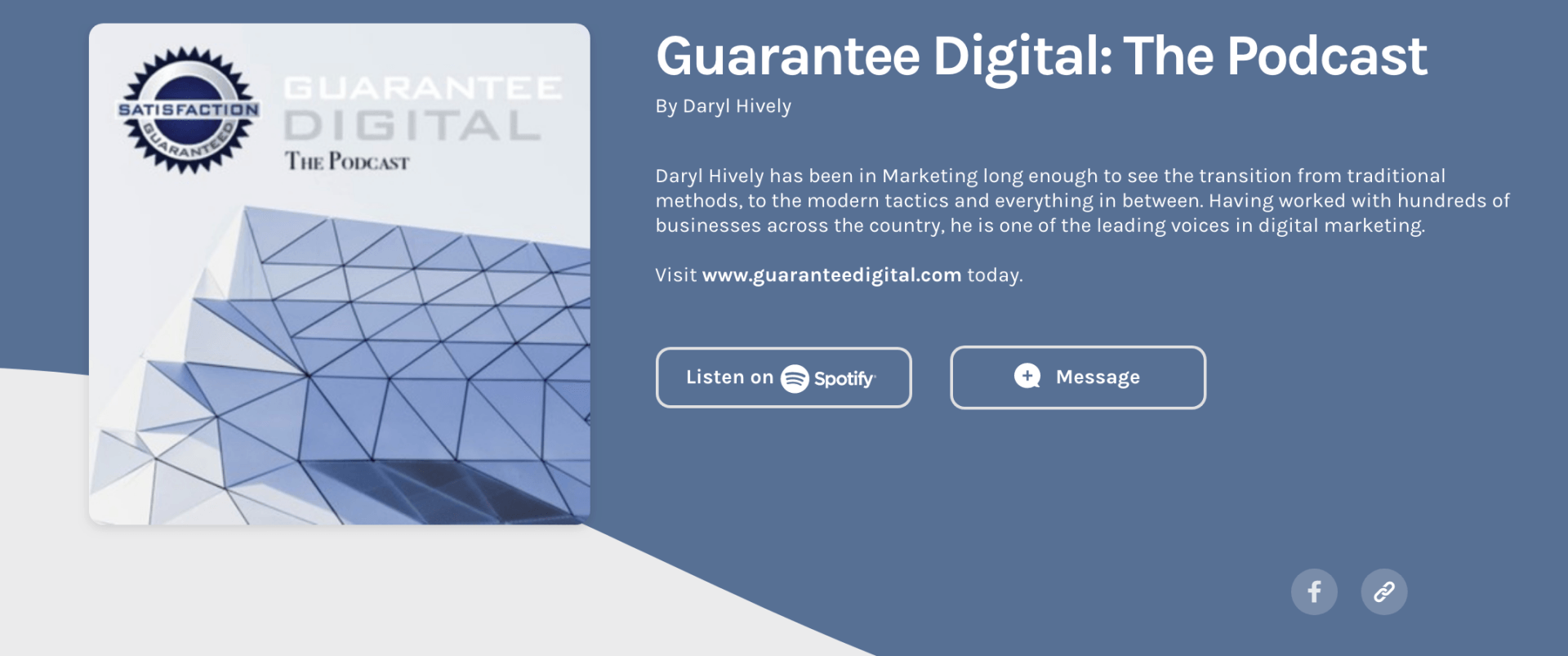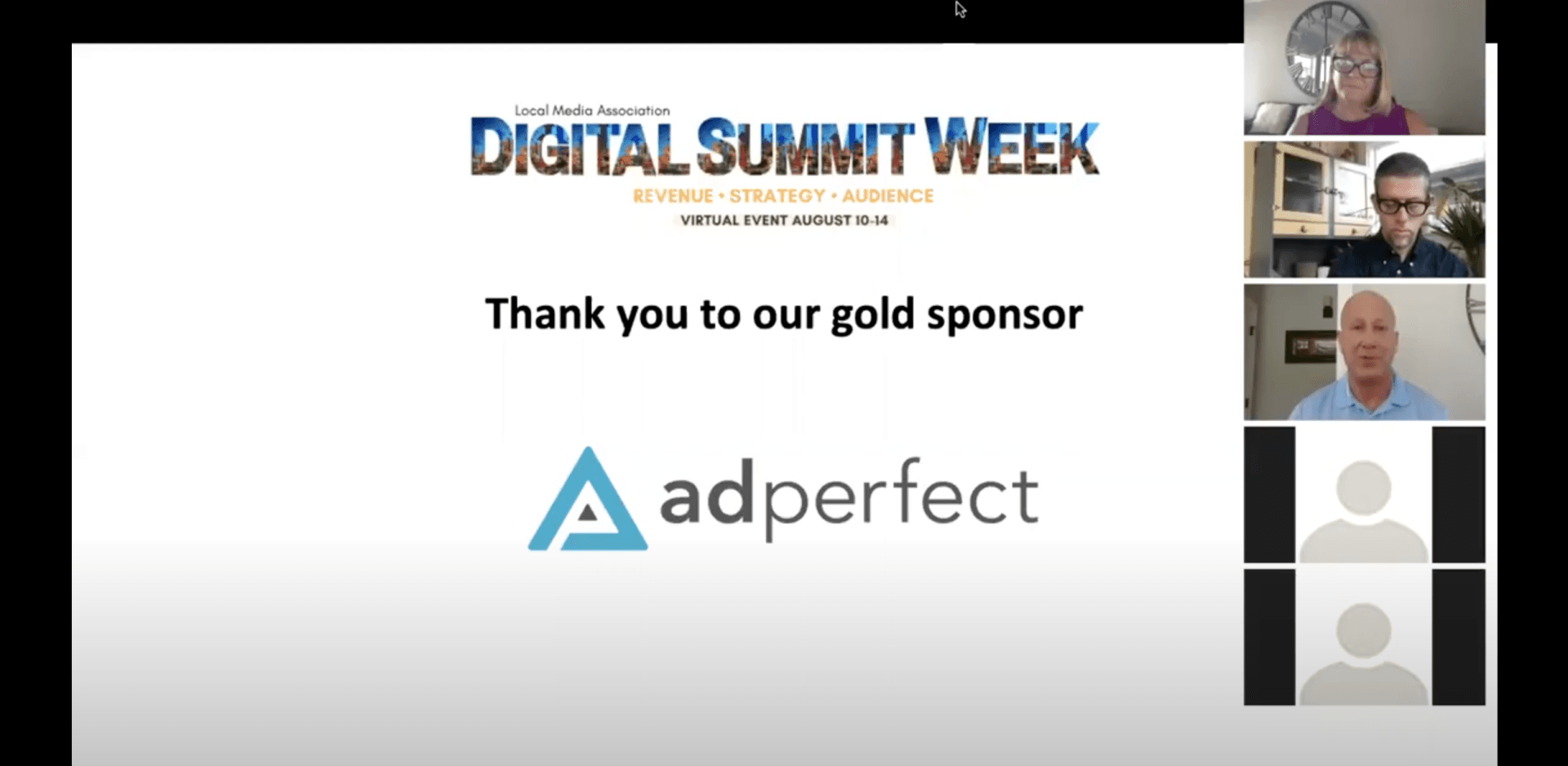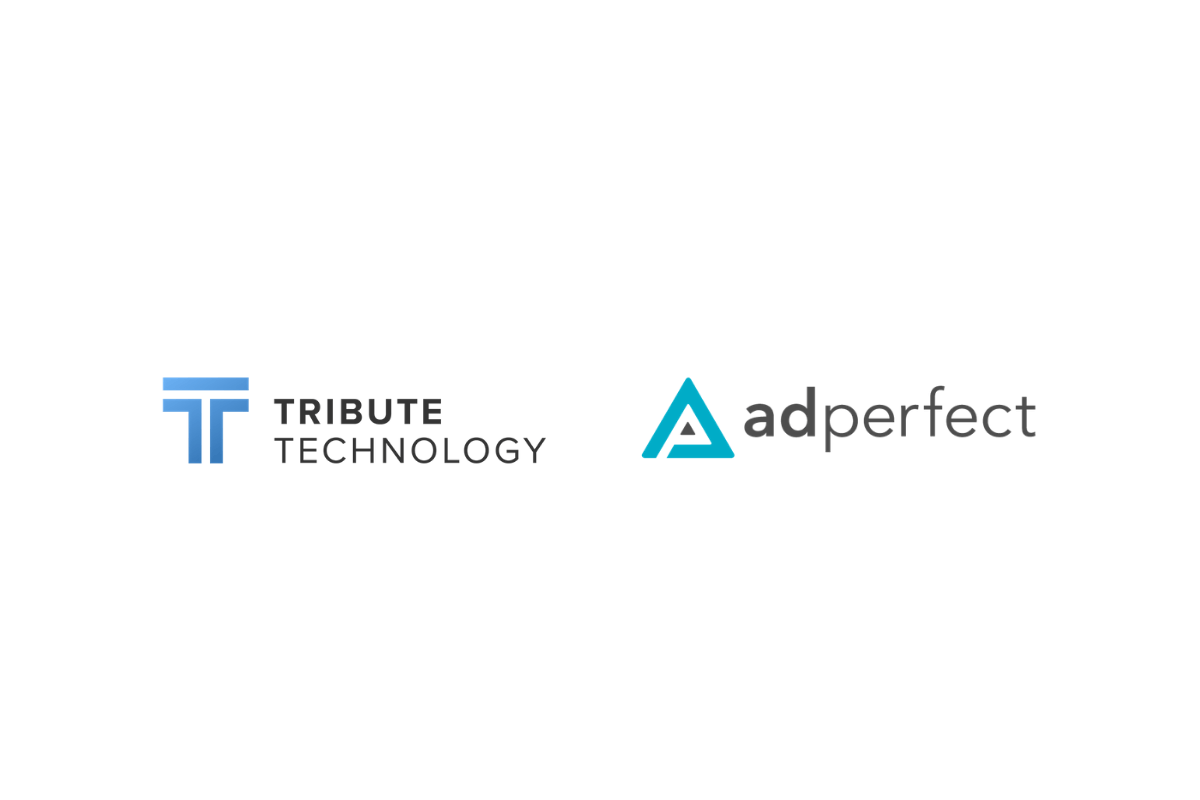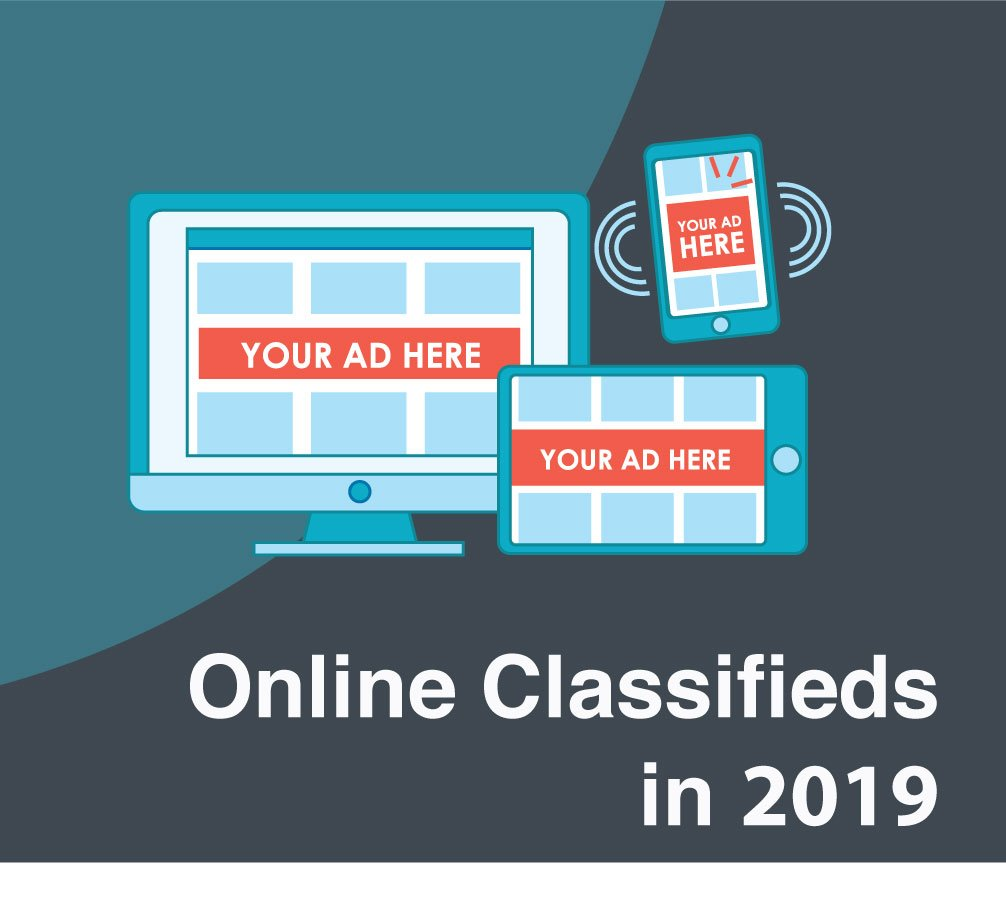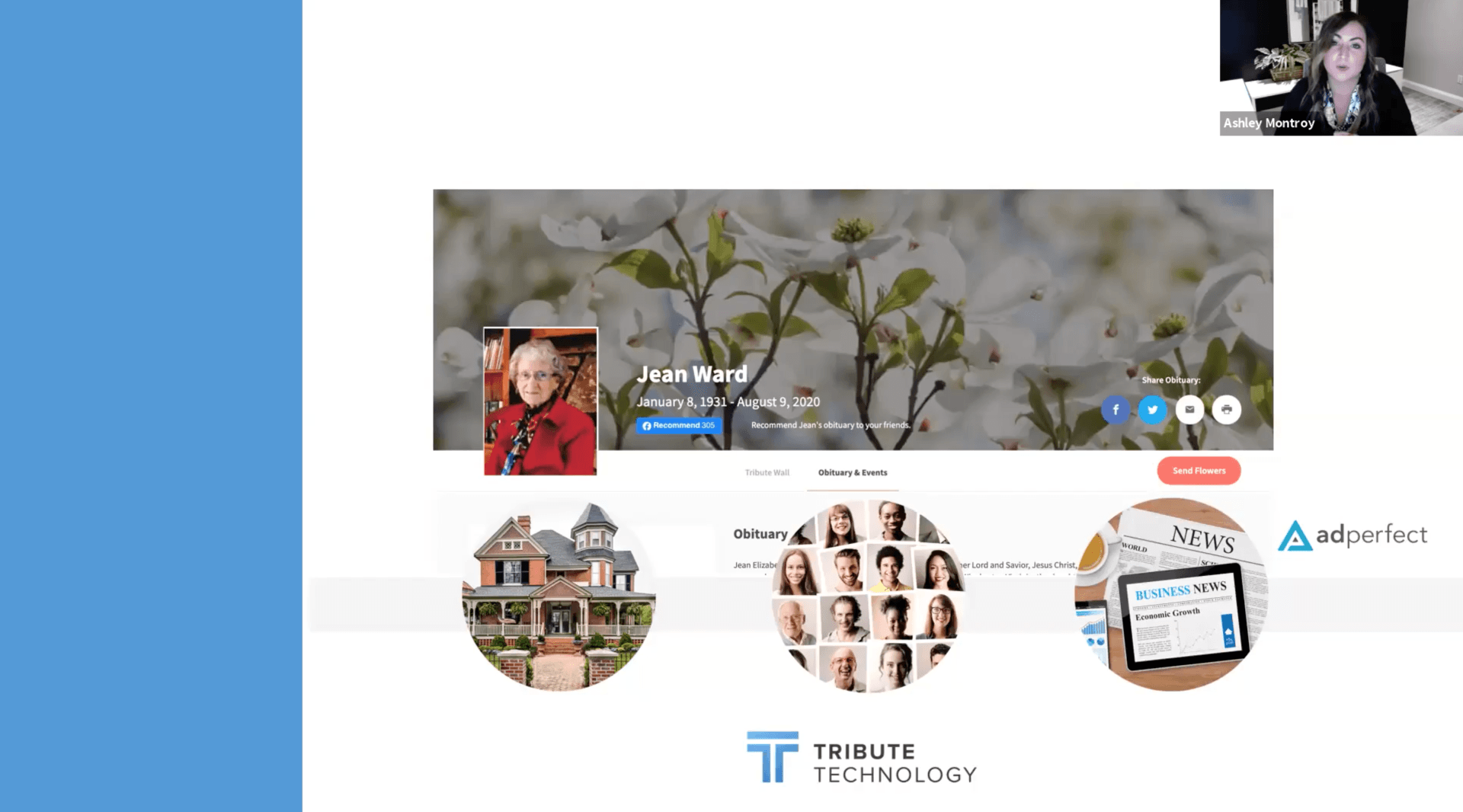Millennials News Consumption
Access to news is uninterrupted and constant for everyone, not just millennials. But the important differences that publishers and marketers need to focus on are the mindset and consumption patterns. An important observation is 84 percent of millennials simply don’t trust traditional advertising. While the bigger players for their attention are YouTube, Netflix and Facebook. According to research, YouTube ranks the highest, with an average of 8.1 hours spent per week, followed by Netflix (7.4 hours) and Facebook (7.3 hours).
Use data and values
In recent years, audience values have started to more directly guide online engagement parameters. From online and digital access, to personalized and relevant content, and even using short form content, easy to skim. This is all to help your brand speak the language of your current audience. By looking at the way online topics trend up or down, how and when information is communicated, there are some tips you can apply. Be very visual in every aspect of your communication. Not only that, gather data on interests and values, to appeal in a transparent manner. Do not view online interactions as transactional but cater your messages and posts to an interactive board of discussions. Seem more approachable and open to examine and consider comments and direct messages.
In addition, across generations from one third to one half of respondents said journalism isn’t relevant to them – 44% of Millennials, 41% of Gen X, and 39% of Gen Z. This might be mainly due to the fact that the word journalism is limited to newspapers and print products. While in the past, journalism was viewed as a pillar in providing true facts and information to guide decisions; nowadays other characteristics define good journalism.
Transparency is ranked as a very important quality for any media outlet. The growth of fake news has created a layer distrust across all generations. Marketing and advertising is now based on manipulation and bias, using data and values to trap and sell information. Catchy and outrageous claims that speak to audience values, get more attention but push readers to dislike the actual information provided. While creativity is another emphasis on online news for engagement, a true representation and transparency need to be in the forefront for any news media communication plan.
Attention spans are focused on specific interactions depending on the topic of interest. One of the main things to note is that two-thirds of our generation now watch or listen to news more than they read. This does not mean that they do not read at all – when purchasing items or making decisions on services to use, many go online to product reviews and trusted sites that have industry expertise. Rather this means, that visuals such as videos, GIFs, photos and emojis – better guide the rating for what is read and looked at first. If more bonus data is presented to provide transparency and depth of engagement, it is more believable and more important. So follow the different mediums of communication where they are online – Youtube, Facebook, Twitter and Instagram.
Lean into video and social channels
More and more all young adults are visually minded, as most have had access to and grown to learn through mobile video in every area of daily lives. We can watch recipe videos, we can work out with trainer videos, we can do our hair or nails with tutorial videos, we can even learn how to build websites or play the guitar through educational videos. In fact, 29 percent of millennials prefer video content over text or voice-based messaging, followed by case studies at 19 percent, white papers at 16 percent, webinars and infographics, each at 11 percent. Just uploading a video does not make the cut anymore. All video data has to be rich in information and engaging.
This does not come as a surprise, the smaller the screen, the more individual and distinct the information is demanded to be. The domination that TV used to enjoy is taken over by digital and online platforms, giving the audience more control and leadership. The same is true for social media. Don’t just see online interactions as casting as wide a net as possible, and capturing as many fish as possible. As social media helps to lessen the distance between companies and customers, bridge the gap by growing consumer interaction and engagement with mainly relevant content that does not stretch into more than one or two complementary industries. This can also be achieved by following and connecting with other organizations that provide expertise in the same industry, with different services.
Videos online are now more transparent, real and truly live. Social media platforms and technological advances now working together in unison, from instant wifi access in every country to smart phones, everyone can make their own following and group. Brands can follow this trend by using some popular video content alternatives. One option is to send welcome videos, instead of welcome emails and messages. This adds more depth and care to engage more personally with new subscribers; include a short video clip to extend a warm greeting and thanks. Another option to add is special message videos, with messages from publishers or journalists, as a great engagement booster. Similar to what tennis players, olympians or actors send out when they have received an award or receive birthday messages; taking the time to share thanks for the continued support, bring people in. And not in the least, use live videos as many chances as you get. The culture of not missing out on things and connecting digitally, has opened a space to share dynamic, in the moment information and make it freely available.
All these online engagements are mainly to allow the main value of millennials to want to voice their opinions. Online sources allow audiences and readers to share what they feel about the news and open discussions with other individuals in the comments section or on their social media feeds. News are all about bringing the right topics to the table and discussing the impact and driving our local communities to real change.
